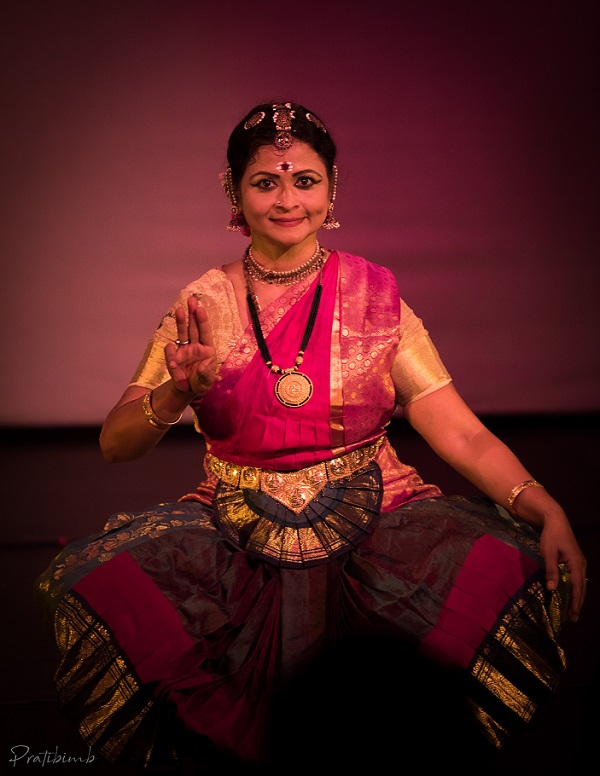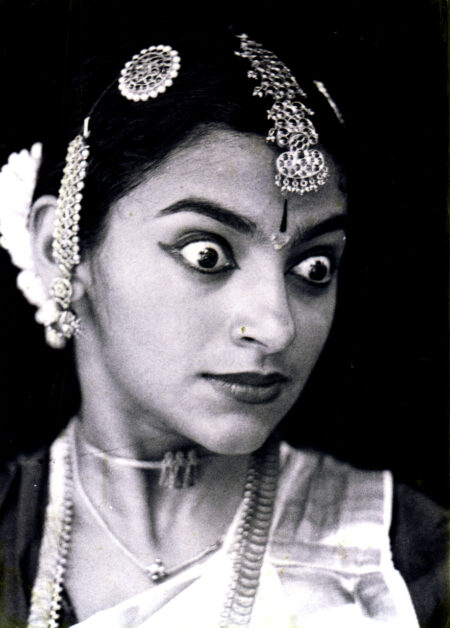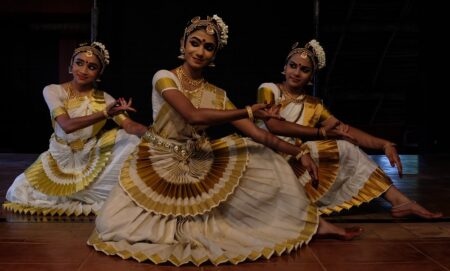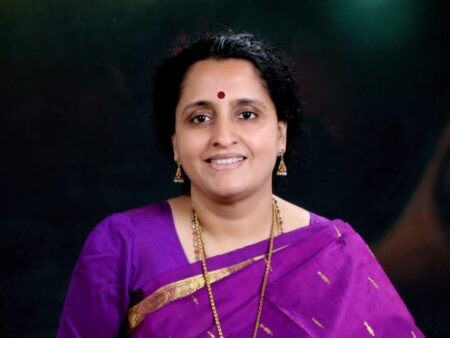‘Digital humanities’ has opened up pathways for practitioners to enhance methodologies and creative processes. Even so, we need to ensure not to cut asunder the basic purpose of any art: restore righteousness through an aesthetic medium.
Art is an expression of creative skill, aptitude, talent and expertise. Artists have always incorporated scientific developments. Art and science, moving together, coexisting in dance. Generally speaking, art is imaginative, subjective, psychological and creative, while science is technical, objective, experimenting, material and logical.
Dance professor Harmony Bench (Ohio State University) and theatre scholar Kate Elswit (University of London) have done joint research in the last decade. The outcome was a 2016 paper titled ‘Mapping Movement on the Move: Dance Touring and Digital Methods’. It states thus: “Together, the fields of theatre and dance can not only draw from the digital humanities but also propose new means to consider embodied experience in terms of dynamic spatial histories of movement.”
The duo also states that popular media screen-scapes have reoriented the circulation of dance, shifting its presumed locus from the concert stage or dance club to computer and television screens, through which videos are shared widely and rapidly. This field presents results from testing the old system under different scenarios and provides ways for creative practitioners to adopt computing technologies in their works.
Whatever be the scientific theory, movement is a complex phenomenon. And to make it relevant, it has to be practised with discipline with proper instruction, orderliness, training and control, rules and codes. To digitise movement, we might require sophisticated sensors.
How Indian dance differs
Indian dance has rhythmically dominating aspects like nritha, accompanied by abhinaya, which requires years of expertise in subtle facial expressions. Video recordings on social media platforms like the YouTube, Vimeo and on MOOCs (massive open online courses) have allowed many learners and enthusiasts to learn dance movements by watching. However, we need to ask a question: How much essence of the dance can be captured through watching a video?

Researchers have explored the use of Kinect sensors to study the motion of the performer’s body. Several Kinect sensors were placed across the performer’s body to study their movements. A majority of these researches was conducted in Western universities and on Western dance. There has been little study done on Indian dance. Indian dance is gesture-centric. Thus the misinterpretations and misrepresentations can, unfortunately, impact to the core religious ideologies and customs, thereby the significant symbols, artistic images and faiths! Considering the loftiness of the philosophy, the sanctity of the practice and the transcendence in the experience that form the substratum of spirituality in Indian dances, it is indeed a challenge to devise and utilize computerised techniques in the pedagogy without diluting the spiritual essence.
Theory and practice
A new language to articulate the many ways in which digital humanities practice can be placed in consonance with traditional roots and culture and regularly followed by the scholarly inquiry would be the need of the hour. In this way, practice-based research can cultivate a fluid back-and-forth exchange between Shastra and Prayoga, aka, theory and practice. ‘Digital humanities’ has opened up pathways for practitioners to enhance their methodologies and creative processes. It would not be of any help to fight natural evolution and dismiss growth but care has to be taken, not to cut asunder the very purpose of the creation of art which is to restore righteousness in the world through an aesthetic medium.
The spiritual role that it plays in the world, needless to add, is indeed an agent to kindle peace and friendship between people, beyond all barriers. It would be helpful if the potential attributes that are in threat of getting submerged through digitization, are identified by researchers and artists.
For example, during dance training, the pure dance technique and structure can become translated to a satisfying extent as the basic emotional stance is that of vigour. On the other hand, the intense involvement in the expressional mode, the devotional ascent and the one to one transmission during the actual presence of a teacher and taught in close proximity, seems amiss.
It takes years of hard work, dedication and study to master the nuances and achieve the Guru’s approval and the spectator’s relish. Almost an entire lifetime passes by to make that full circle from student to performer to the teacher to researcher and one continues to be in each of these roles to maximize self-contentment. It is the dedication and perseverance that matter as an artist as the goals expand.



